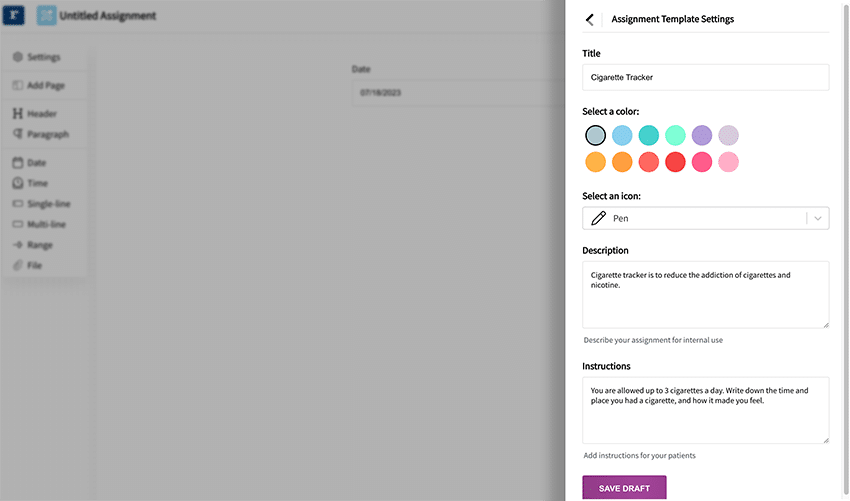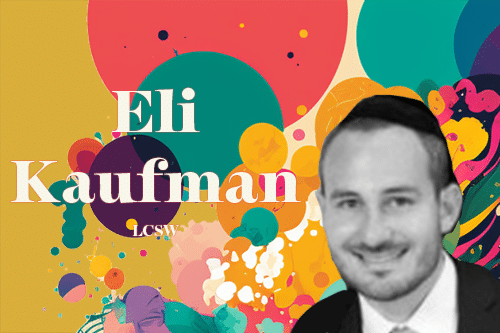Patrick O’Shaughnessy, the famed asset manager, sent an email to his book club about 10 years ago with the subject line, “Since it is better to read around your field, rather than in your field, there are no investing books in this list.”
I love this idea, and believe there’s so much value on improving the breadth of our knowledge, as a way to boost creativity and the impacts of our focused efforts.
We will continue to carry this idea into our newsletter and share thoughtful and inspiring anecdotes that touch on topics related to psychology, philosophy, and mental health. I hope it will help you, dear therapists improve your practice, help your clients and patients, but most of all, bring us all a little joy and inspiration in our stressful, emotionally-charged lives.
I have always gravitated toward learning and reading about topics ancillary to my core focus, and it’s led me down interesting paths. When I studied animation, I explored acting and empathy. When I was learning user experience design, I delved deeper into psychology. And here I am today, somehow leveraging all of that, building a software product for therapists.
What topics have you explored that led you down an unexpected path?
Some recent publications which piqued our interest:
The experience of men following stillbirth: the case of Israeli bereaved fathers

This study identified four core themes related to men’s experience of grief after a loss. In particular, the themes highlighted the lack of awareness and recognition of men’s pain with the expectation for men to fulfill demanding roles while suppressing their own grief. The findings suggest that men often focus on their partner’s grief and receive little recognition and support for their own, which emphasizes the importance of targeted interventions to address this type of loss.
The study suggests that reducing experiential avoidance is an important way that mindfulness activities (MBIs) help reduce emotional distress. This effect seems especially important in the early stages of the intervention, or when people first start mindfulness activities.
Hikikomori (引きこもり): Ancient term, modern concept
The Hikikomori phenomenon was identified by Japanese psychiatrist Saitō Tamaki, former director of Sofukai Sasaki Hospital in Funabashi and says it is, “A state…that involves cooping oneself up in one’s own home and not participating in society for six months or longer, but that does not seem to have another psychological problem as it’s principal source.” (2013)
What’s new with Reflective

We have been hard at work on our biggest, most ambitious update ever: Customizable Assignments!
Simply, it will allow you to build your own assignments tailored for your patients needs and your special mode of practice. Here are some of the powerful features we’ve added:
File Attachments
Many of you told us that you already have your own library of PDFs you send to your patients. Now, you can attach those PDFs as part of a custom assignment. Patients will have all their assignments and PDFs you assign to them easily accessible on their phone in one place, with the conveniences of reminders, and the accountability Reflective offers.
Time and Date fields
Add time and date fields to assignments so your clients can fill out when an event occurs.
Single and Multi Line inputs
Have your clients enter short or long answers in assignments.
Range Slider
Let your clients select a numerical response on a sliding scale. For example, ask them to enter how strong an emotion felt on a scale of 1 to 10. Or set standard 7-point Likert rating to have them select how true a statement felt.
Header and Paragraph text
Add plain text, headers, and paragraphs to assignments to give your clients some instructions and exaplanation. You can set this static content anywhere in the assignment.
Multi-page assignments
Break up assignments into multiple sections so it’s easier for your clients fill out on their phone.
Styles and Color
Set assignment color and icon to help it stand out in the list of all a patient’s assignments


